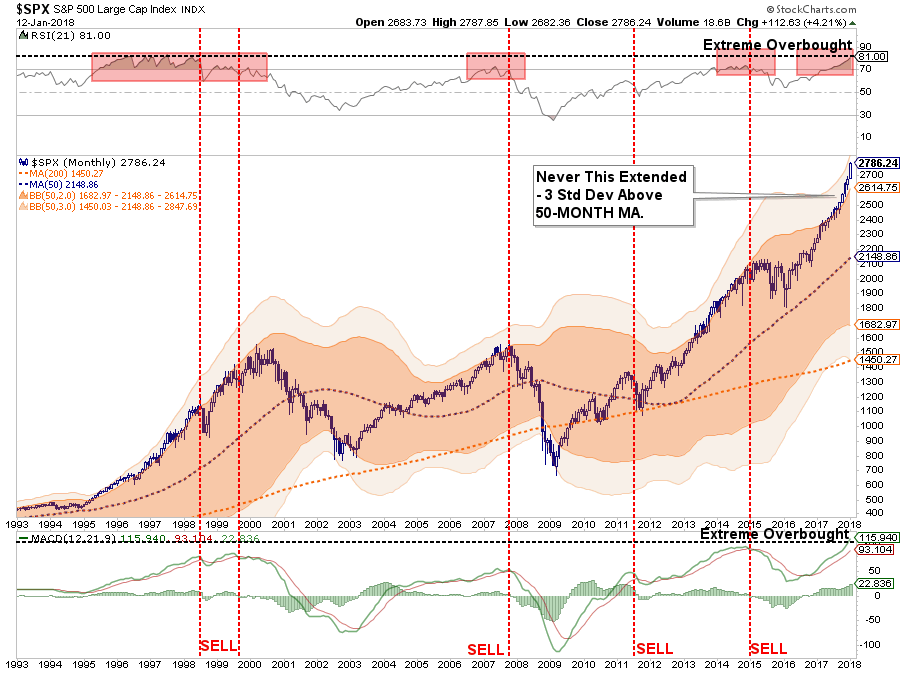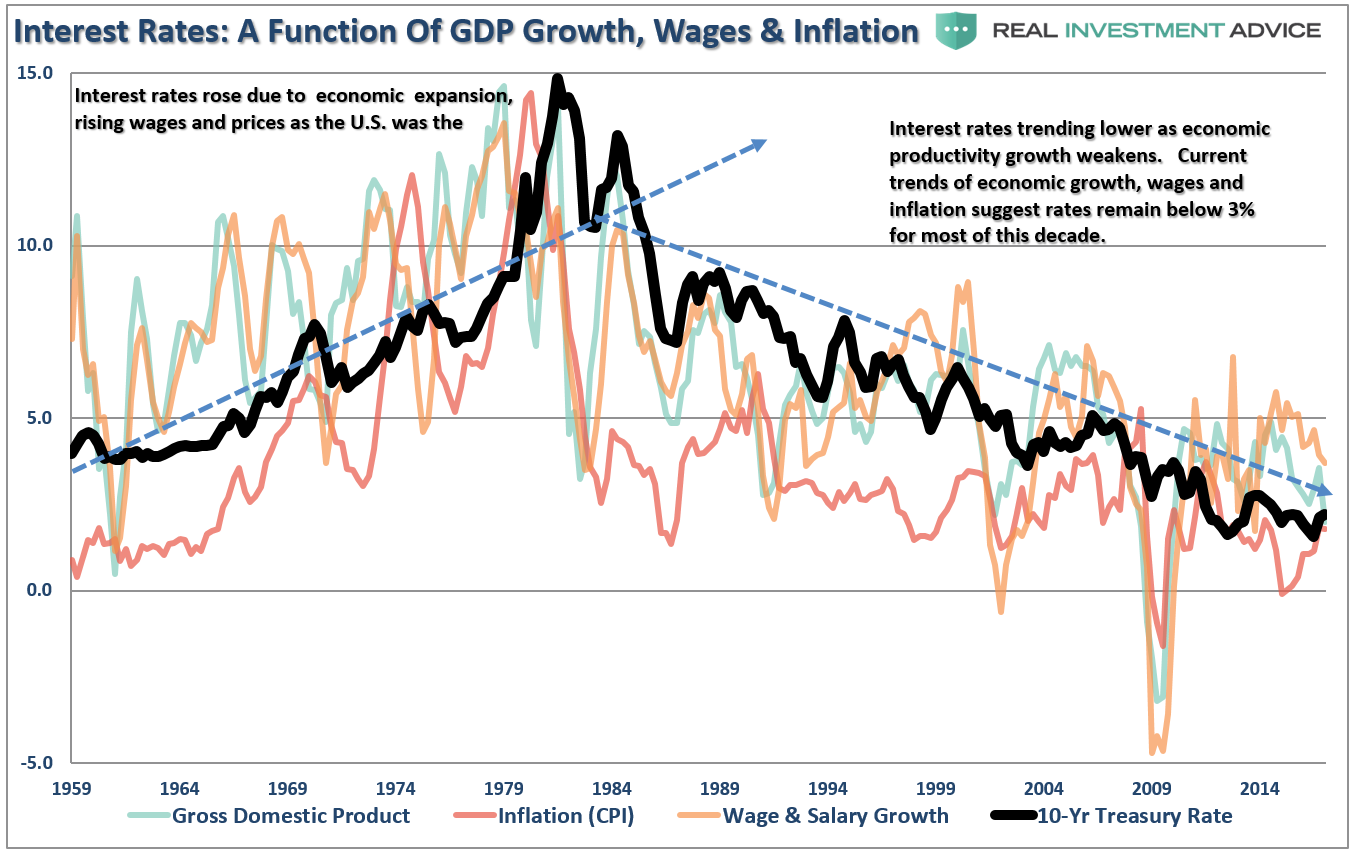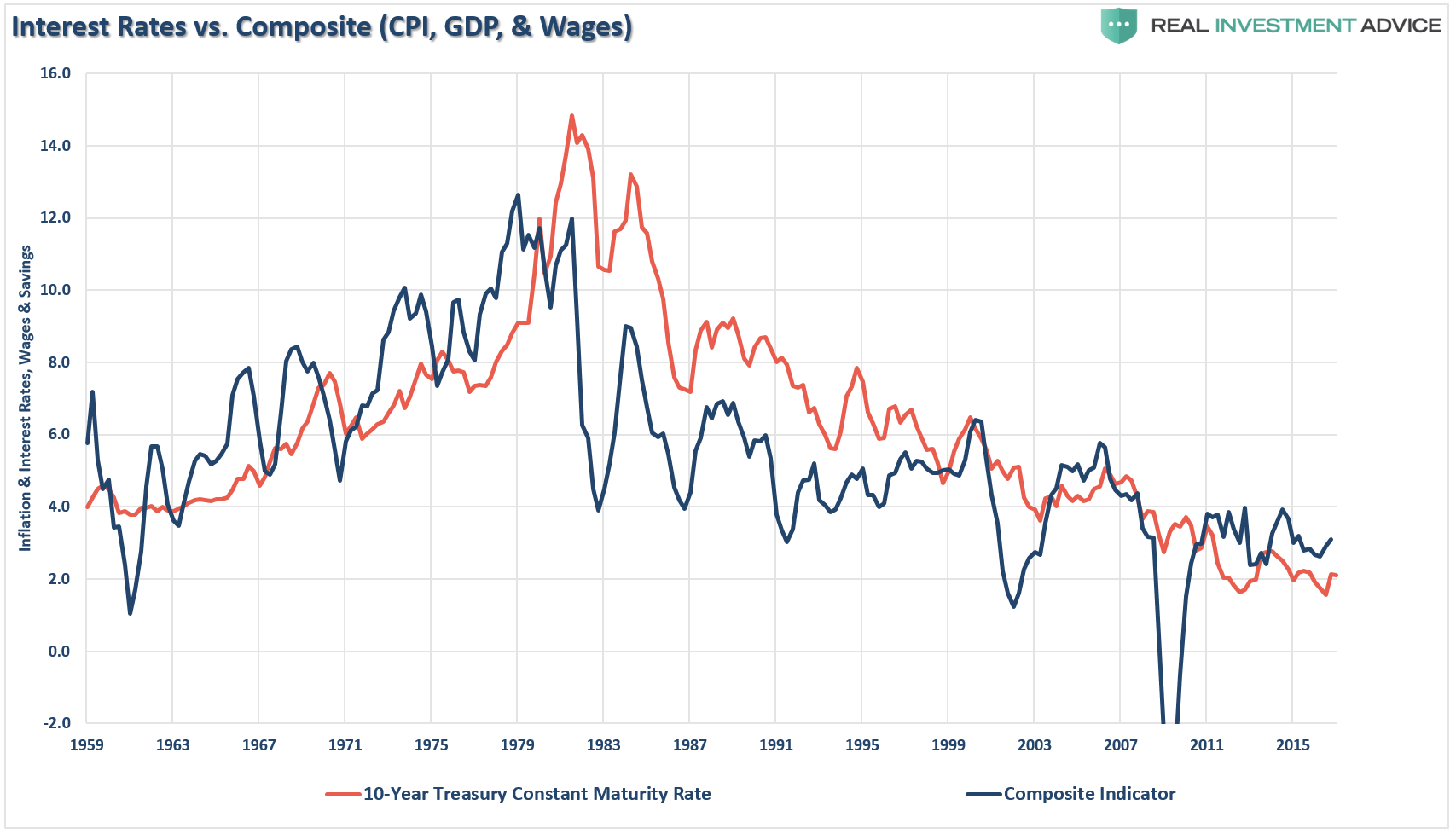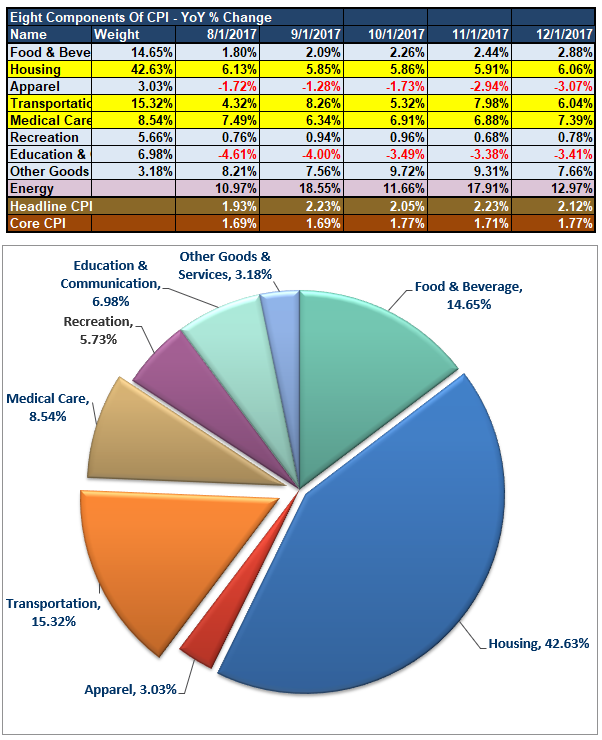
Last week, we discussed we discussed the massive 3-standard deviation above the 50-MONTH moving average which is something rarely seen through history.

“That extension, combined with extreme overbought conditions multiple levels, has historically not been met with the most optimistic of outcomes.
Importantly, such extensions have NEVER been resolved by a market that moved sideways. But, ‘exuberance’ of this type is not uncommon during a market ‘melt-up’ phase.”
Nothing changed this past week as the “melt-up” phase gains momentum. We are on track currently to ratchet the both the fastest and most numerous sequential milestone advances for the Dow in history.
You can barely print “Dow 2X,000” hats fast enough.
As I noted two weeks ago, we did add some defensive positions to our portfolio allocations while we still retain a fully allocated long-position as well. These defensive “shock absorbers” are simply in place to reduce a volatility shock when, not if, one occurs.
See notes on “Portfolio Changes” below for recent changes to portfolio holdings and allocations.
Bond Bears Still Wrong
These are just a few of the latest, but a quick Google search will produce a litany more.
Of course, those headlines are not the first time we have seen such calls made. One of the biggest issues with predictions of rising 10-year bond yields since “bond bears” came out in earnest in 2013, is they have been consistently wrong. For a bit of history, you can read some of my previous posts on why rates can’t rise in the current environment.
(Of course, we have been avid buyers of bonds on “rate pops” in our portfolios during that time frame as well.)
As we head into 2018, and beyond, there are many reasons why rates will remain subdued all of which are economic and fundamental in nature. As for Bill’s call for the end of the “bond bull,” this isn’t the first time he has made that call.
- 5/10/13 – Bill Gross:Bull Market In Bonds Is Over
- 1/10/17 – Bill Gross: Secular Bear Bond Market Begins Is Rates Top 2.6%

Yet, rates have continued to trend lower.
“The Death Of The Great Bond Bull Market Has Been Greatly Exaggerated.”
As I have written Rates Continue To Defy Logic, rates are a function of economic, wages and inflation.

“Okay…maybe not so clearly. Let me clean this up by combining inflation, wages, and economic growth into a single composite for comparison purposes to the level of the 10-year Treasury rate.”

“As you can see, the level of interest rates is directly tied to the strength of economic growth, wages and inflation. With roughly 70% of economic growth derived from consumption, the trend of wage growth should not be readily dismissed.”
The Fed believes the rise in inflationary pressures is directly related to an increase in economic strength. However, as I will explain: Inflation can be both good and bad.
Inflationary pressures can be representative of expanding economic strength if it is reflected in the stronger pricing of both imports and exports. Such increases in prices would suggest stronger consumptive demand, which is two thirds of economic growth, and increases in wages allowing for absorption of higher prices.
That would be the good.
The bad would be inflationary pressures in areas which are direct expenses to the household. Such increases curtail consumptive demand, which negatively impacts pricing pressure, by diverting consumer cash flows into non-productive goods or services.
While inflation ticked-up in December, unfortunately, it came from rising prices in all the WRONG places as shown below.
(Thank you to Doug Short for help with the design)

As shown, the cost of Housing, Medical Care, and Transportation have all risen sharply over the past 5-months with those three components comprising 67% of the inflation calculation.
Clearly, the surge in “health care” related costs, due to the surging premiums of insurance due to the “Un-affordable Care Act,” pushed both consumer-related spending measures and inflationary pressures higher. Unfortunately, higher health care premiums do not provide a boost to production but drain consumptive spending capabilities. Housing costs, a very large portion of overall CPI, is also boosting inflationary pressures. But like “health care” costs, rising housing costs and rental rates also suppress consumptive spending ability.











Leave A Comment